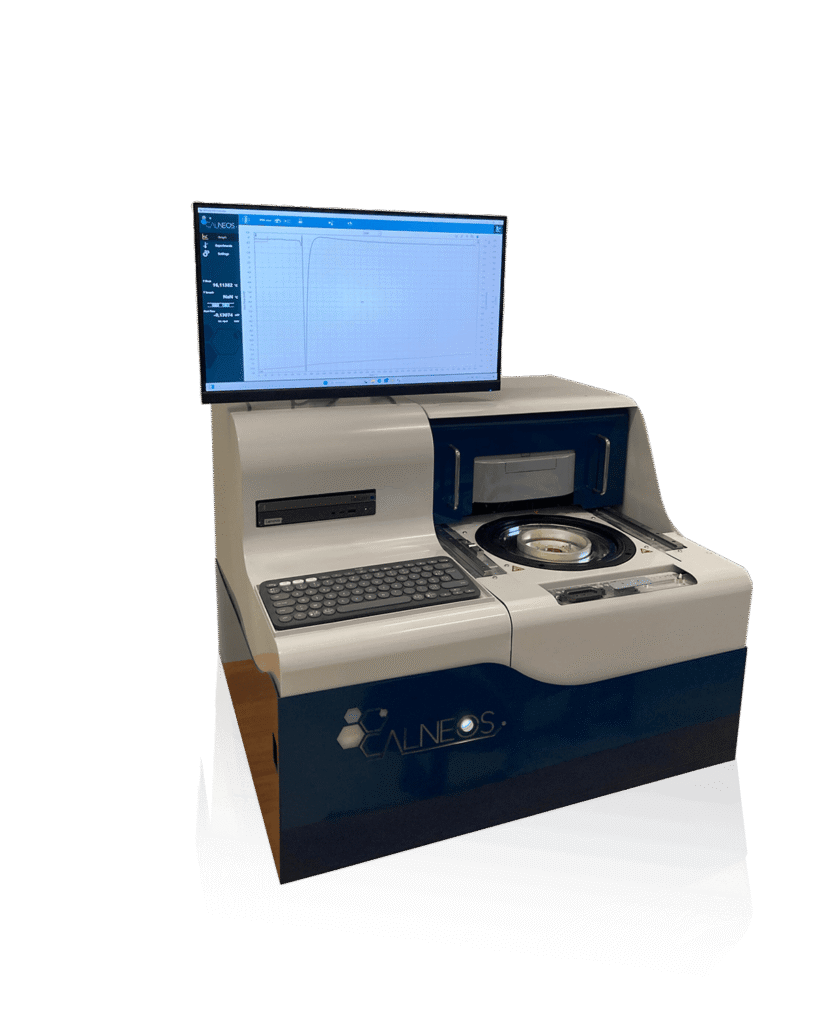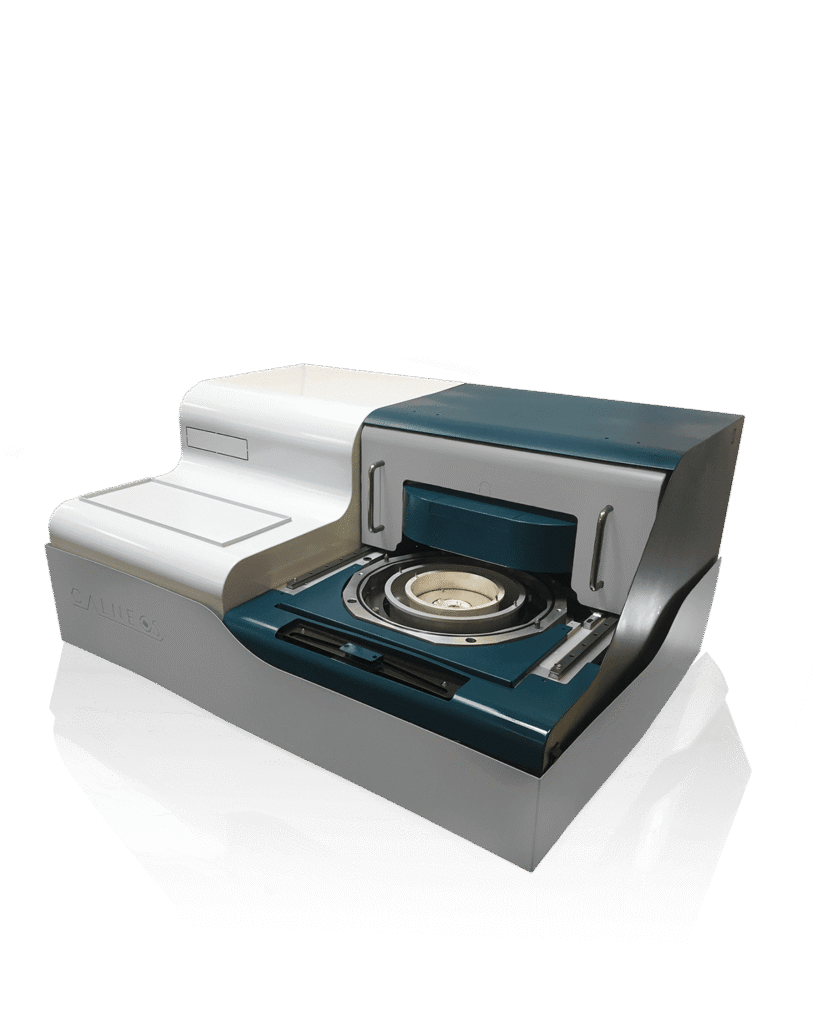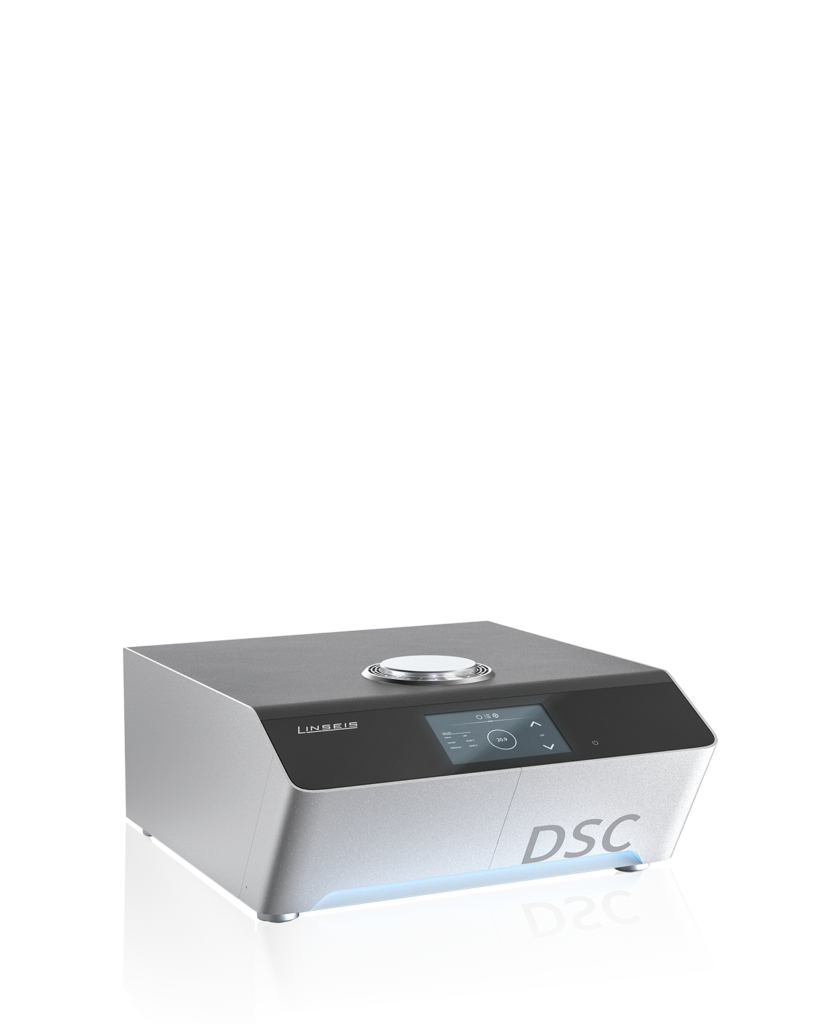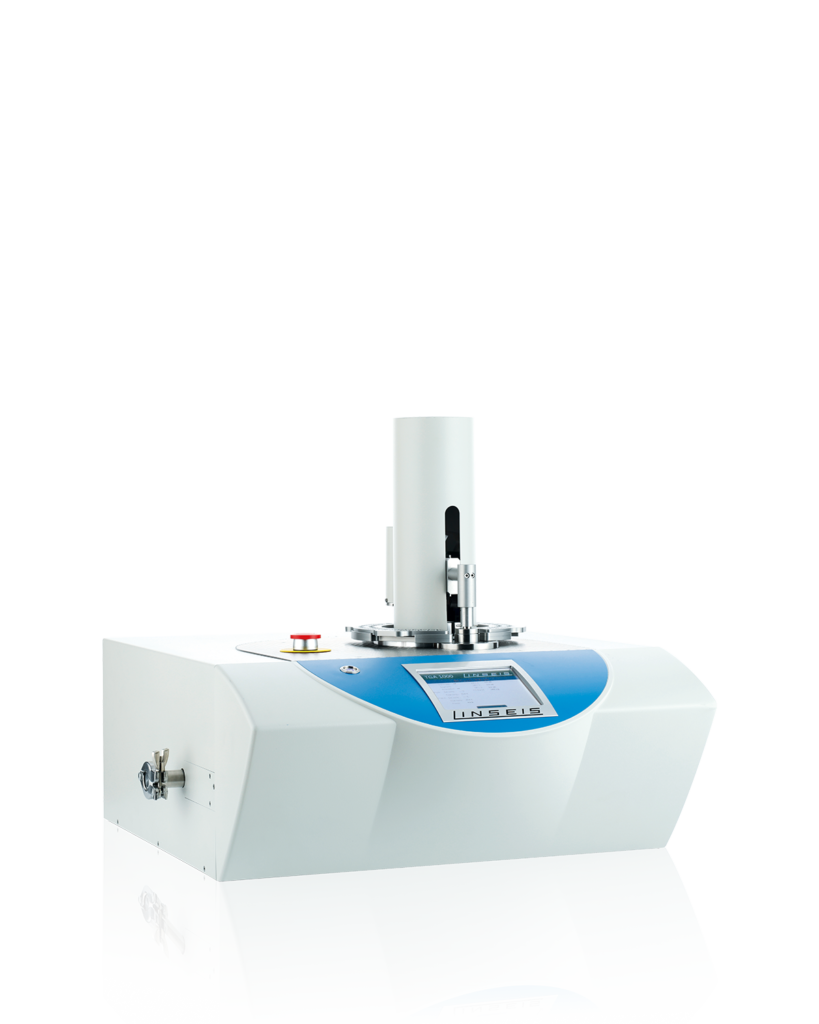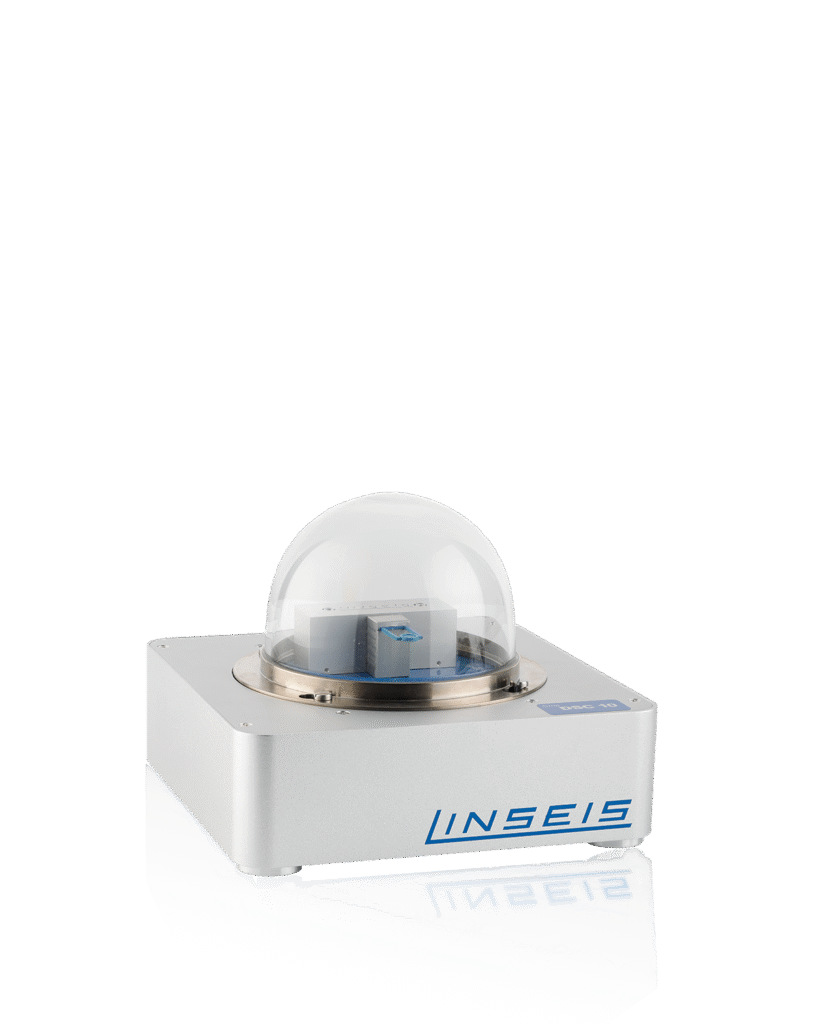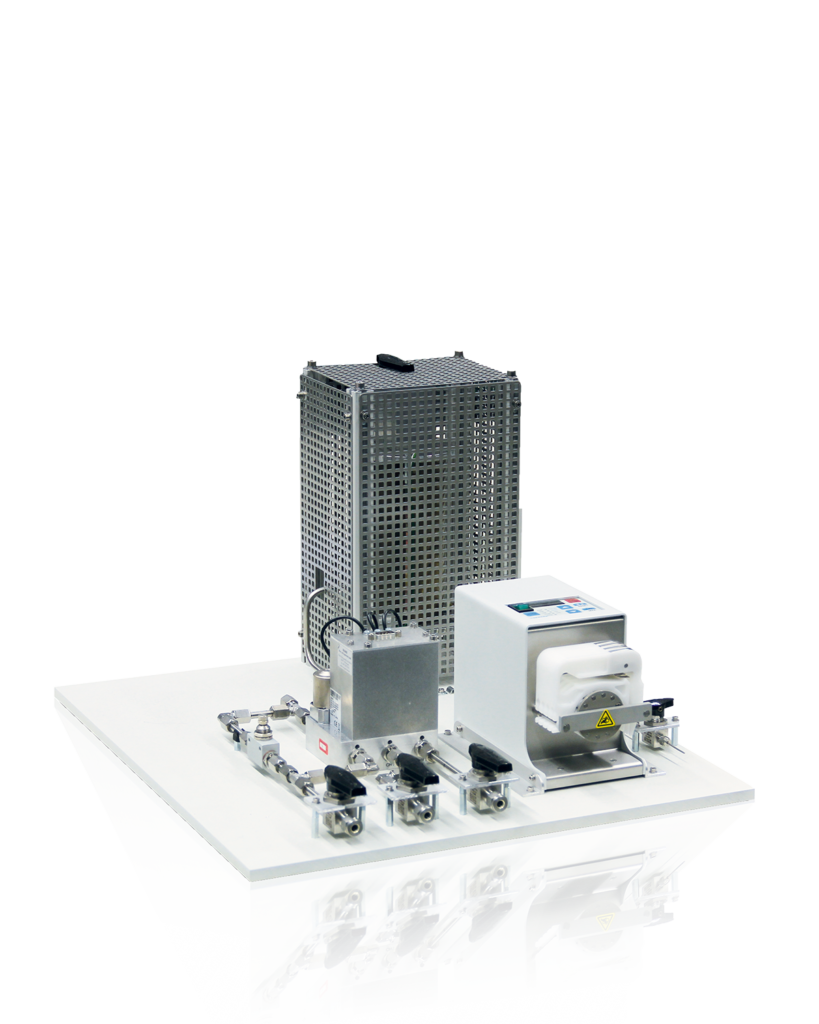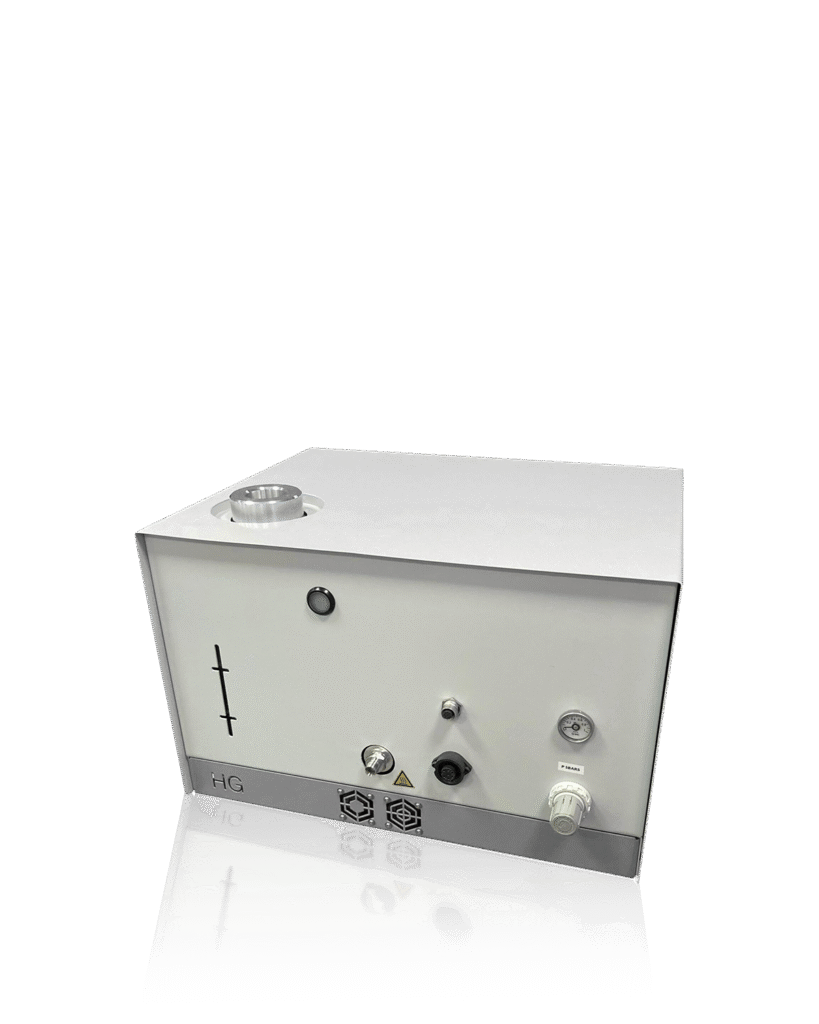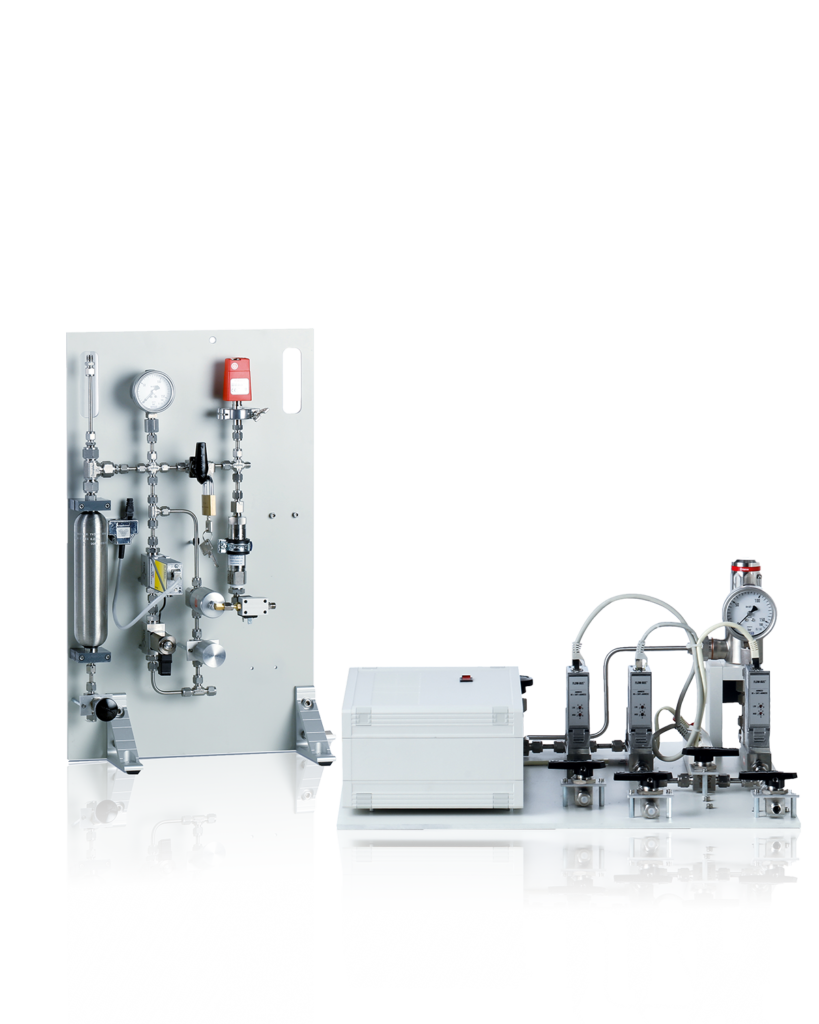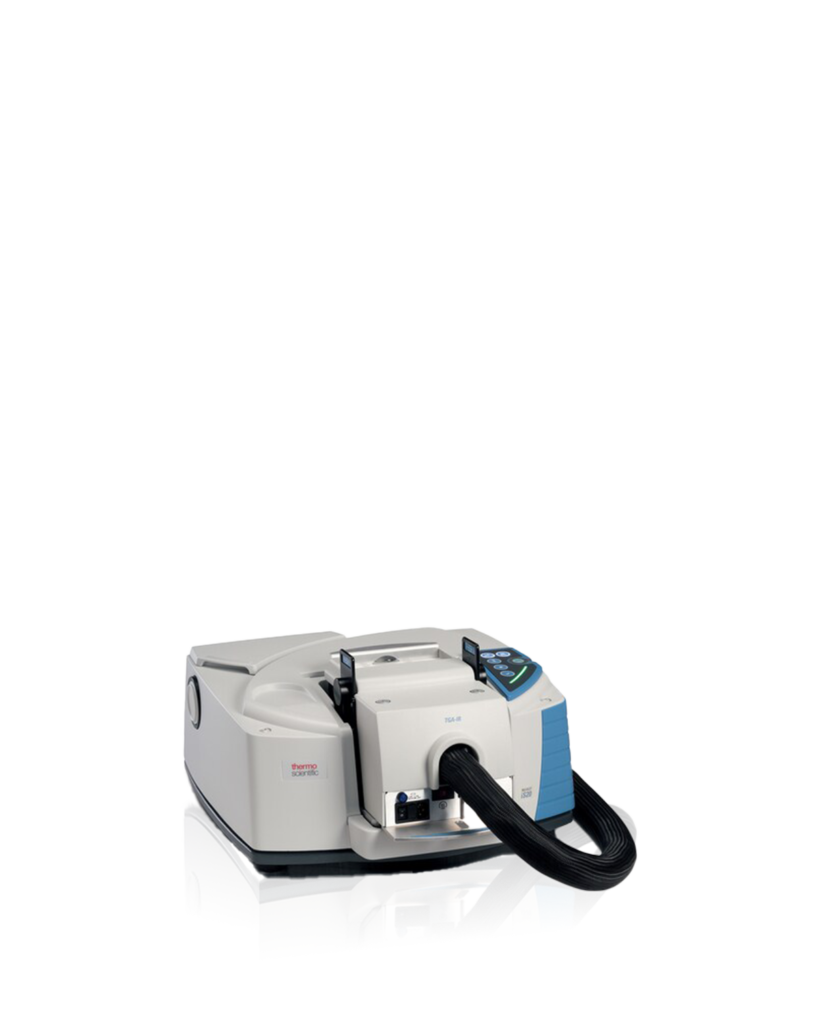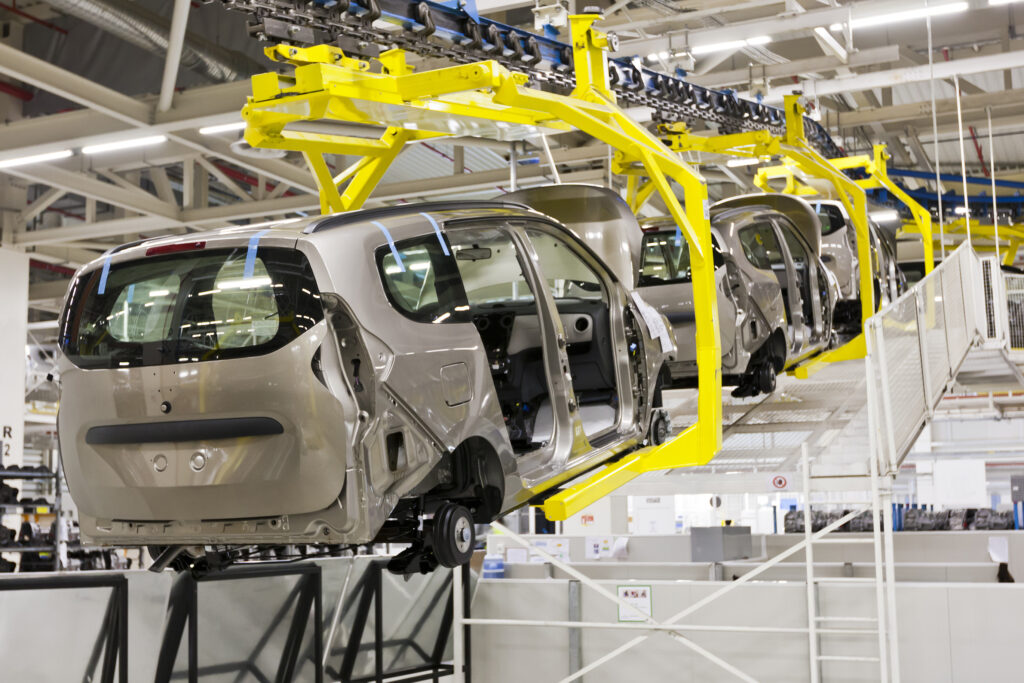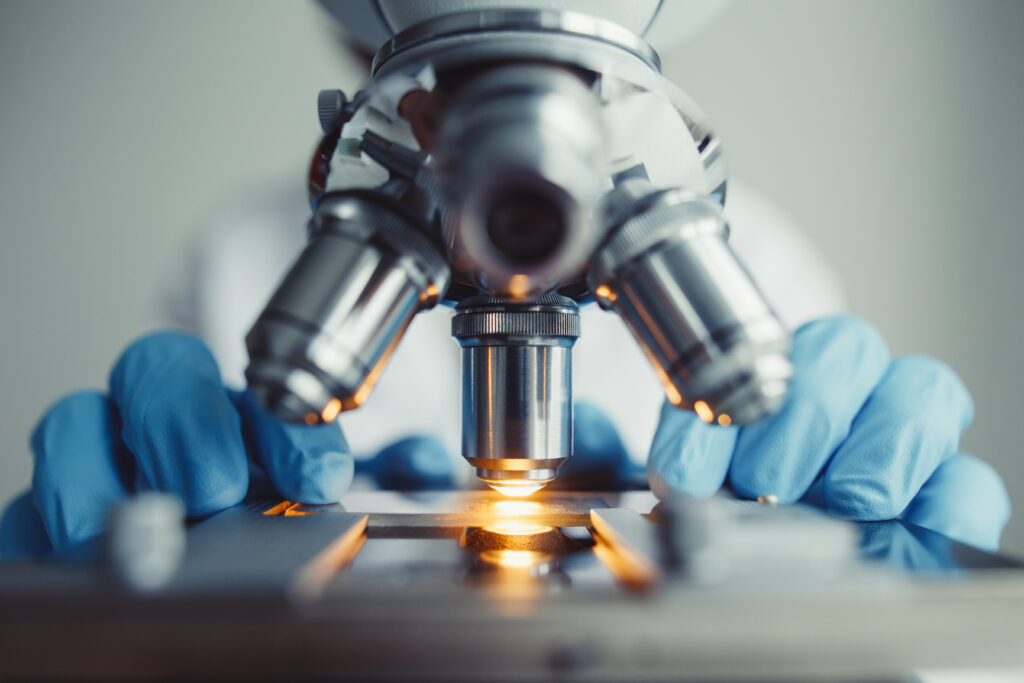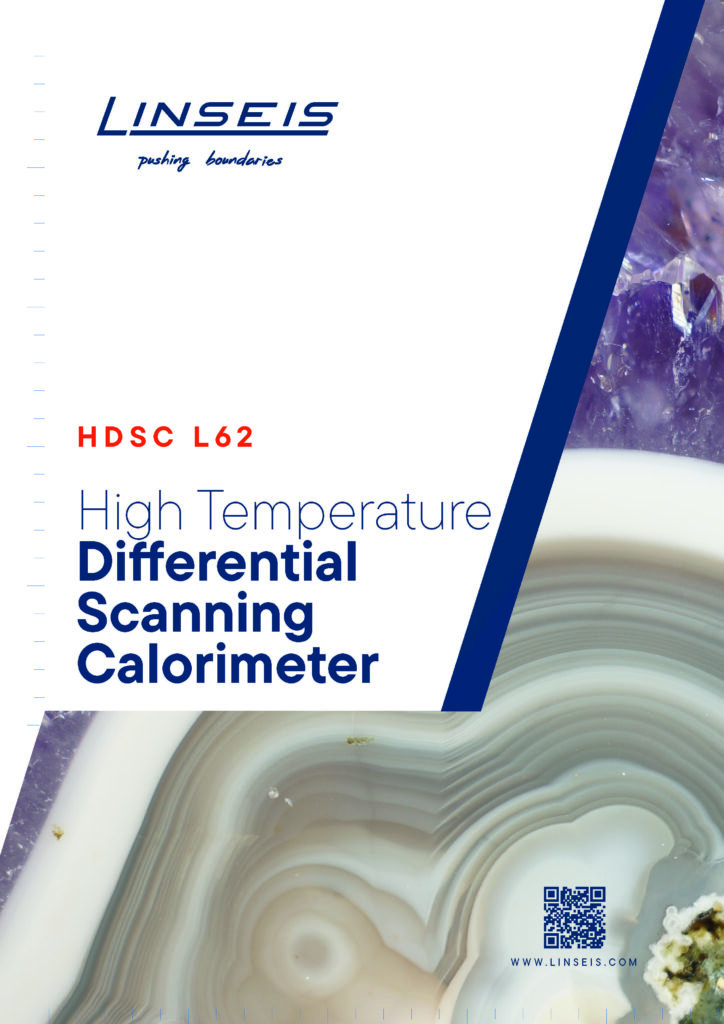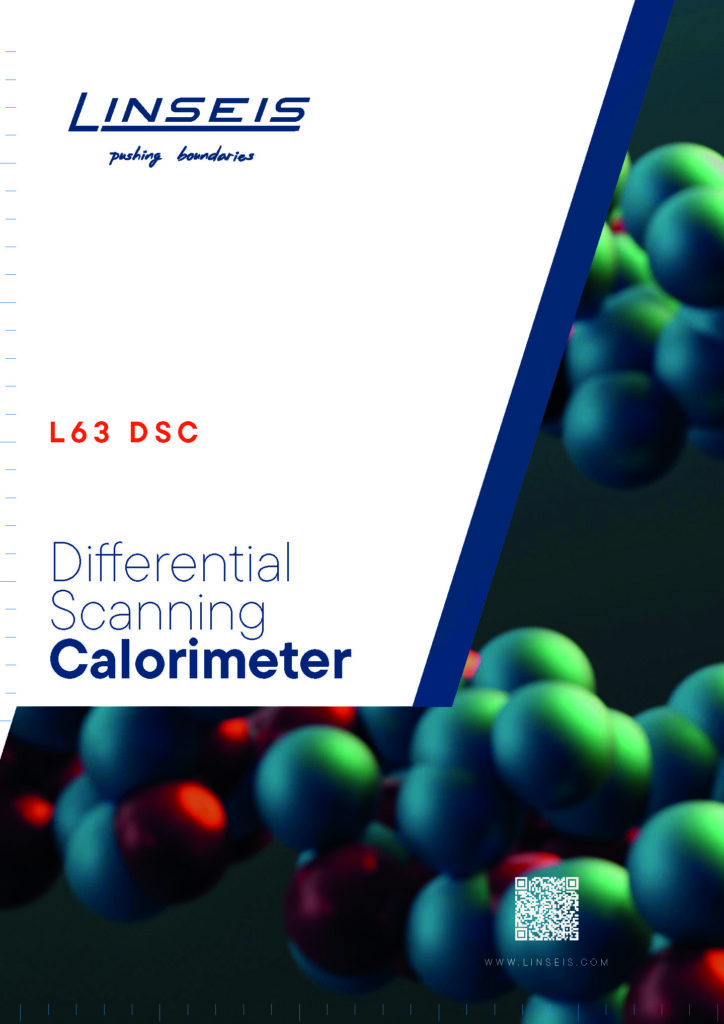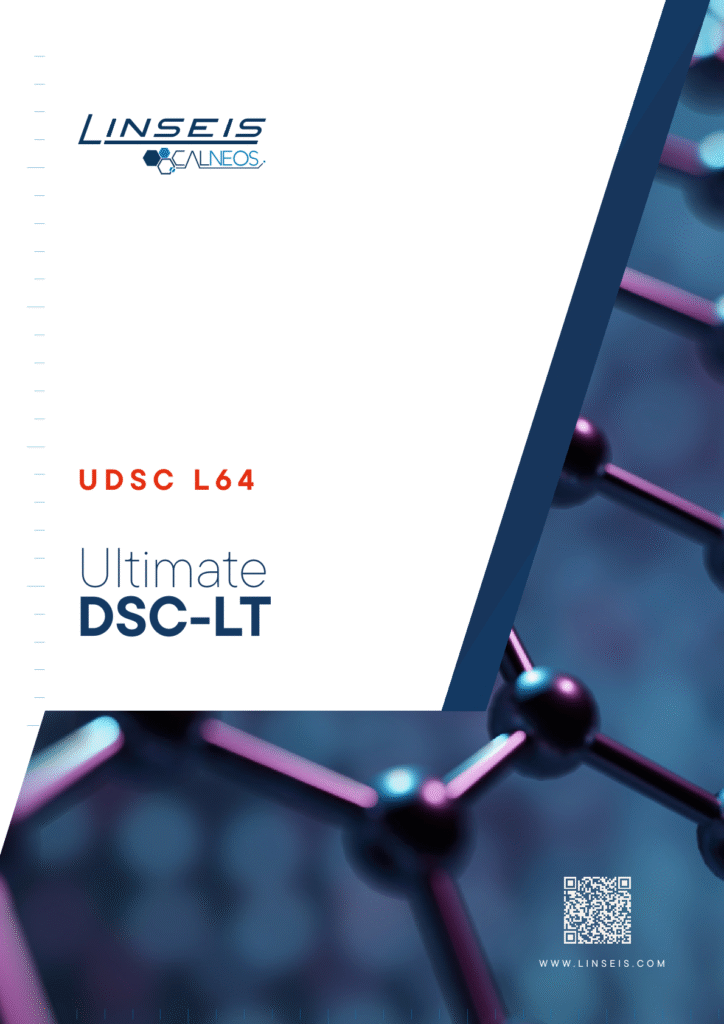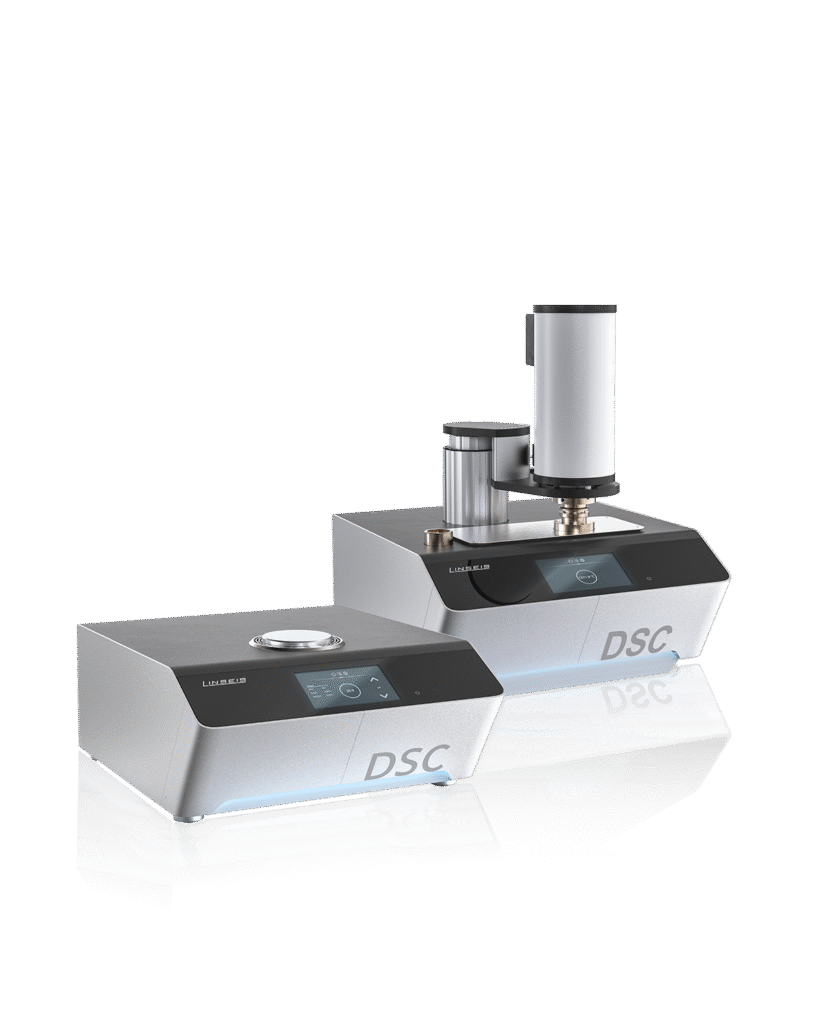
DSC -
Differential
Scanning
Calorimetry
DSC - Differential scanning calorimetry for precise
heat flux measurements
Differential scanning calorimetry (DSC ) enables the precise determination of thermal transitions and energetic processes in solids, powders and liquids. By measuring the heat flow between sample and reference can be used to melts, crystallization, glass transitions, reactions and decompositions – a key method in research, development and quality control.
Linseis has been developing high-quality DSC systems for a wide range of requirements since 1957: from fast chip DSC devices to high-temperature calorimeters with measuring ranges from -180 °C to 1750 °C and optional pressure operation up to 150 bar. This allows polymers, pharmaceuticals, foodstuffs, metals, ceramics and numerous other materials.
Our devices record key thermal parameters such as glass transition, melting and crystallization behavior, reaction enthalpies, specific heat capacities (Cp)and curing kinetics, thermal stability, purity and polymorphism.
They fulfill all relevant international standards such as ASTM D3418, ASTM E793, ASTM E794, ASTM E1269, ASTM E1356, ASTM E2160 and ASTM E2716 and thus guarantee reproducible and standard-compliant results.
In our brochures you will find an overview of all models – we will be happy to assist you in selecting the optimum system for your application.
Our top DSC systems for maximum precision
UDSC L64-LT
UDSC L64 - Ultimate DSC
DSC L63
All DSCs at a glance
DSC L63
UDSC L64 - Ultimate DSC
UDSC L64-LT
Differential scanning calorimetry (DSC ) is one of the most important methods for analyzing thermal transitions and energetic material processes. By precisely measuring the heat flow between sample and reference, melting, crystallization, glass transitions, reactions, decomposition processes and specific heat capacities can be clearly determined. The DSC thus provides fundamental information for the characterization of polymer properties, purity, stability and process capability – essential for research, development and quality assurance.
Linseis has been developing and producing one of the most comprehensive DSC product lines in the world since 1957. The portfolio ranges from ultra-fast chip DSC systems to robust high-temperature calorimetersthat measure from -180 °C to 1750 °C and – depending on the model – under pressure up to 150 bar depending on the model. This allows organic and inorganic samples, polymers, pharmaceuticals, metals, ceramics and foodstuffs to be analyzed reliably and reproducibly.
Measured variables and applications:
Heat flow – Differential scanning calorimetry (DSC)
$$\dot{q} = C_p \cdot \frac{dT}{dt}$$
𝑞̇ – heat flow
Cₚ – specific heat capacity
dT/dt – heating rate
Evaluation of thermal effects in differential scanning calorimetry (DSC)
In differential scanning calorimetry (DSC), the heat flow between the heat flow between the sample and the reference as a function of temperature or time. The underlying DSC equation describes the relationship between heat flow, specific heat capacity and heating rate and thus enables the quantitative evaluation of thermal processes.
On this basis, it is possible to endo- and exothermic effects such as melting, crystallization, glass transitions, reactions or curing processes can be precisely determined. The DSC thus provides reliable information on enthalpies, phase transitions, thermal stability and material-specific structural changes.

Measurement possible

Measurement possibly possible

Measurement not possible
| Measured variables/applications | CHIP-DSC L66 Basic | CHIP-DSC L66 Advanced | CHIP-DSC L66 Ultimate | DSC L63 | HDSC L62 | UDSC L64 | DSC L92 |
|---|---|---|---|---|---|---|---|
| Glass transition (Tg) |  |  | |||||
| Phase transition/melting | |||||||
| Reaction enthalpies (endo/exo) | |||||||
| Curing |  | ||||||
| Crystallinity |  |  |  |  |
|||
| Purity/polymorphism |  |  | |||||
| Thermal/oxidative stability (OIT) |  |  | |||||
| Specific heat capacity (Cp) |  |  |
|||||
| High-pressure DSC (up to 150 bar) |  |  | |||||
| High-temperature DSC (> 1500 °C) | |||||||
| Fast-heating DSC |  | ||||||
| Long-term stability measurements |  |  |  |
Extensions

To maximize the performance of the DSC systems, various add-ons and expansion modules are available. add-ons and expansion modules are available. They make it possible to adapt the measuring system to specific applications, materials or process conditions.
Optional gas controls can be used to precisely set defined atmospheres such as air, inert gas environments or vacuum – ideal for sensitive, oxidative or reactive samples. Hhigh pressure modules extend the measurement to pressures of up to 150 bar and open up additional possibilities for stability and reaction analyses. For particularly demanding studies, the devices can be equipped with gas analysis systems such as MS, FTIR or GC couplings to identify gases released during the DSC measurement in real time.
Additional add-ons such as automatic sample changers, safety and calibration devices or software modules for data analysis increase the efficiency, safety and reproducibility of measurements.
This means that Linseis dilatometers can be individually configured – for maximum flexibility in research, development and quality assurance.
Are you interested in a DSC measuring device?
sample measurement?
Contact us today!

Your benefits - Unique features of Linseis DSC systems
Linseis has been setting standards in calorimetry for decades.
Our DSC systems combine maximum sensitivity, modular flexibility and state-of-the-art sensor technology – for precise, reproducible results in research, development and quality assurance.
1. chip DSC technology – extremely fast, highly sensitive and flexible
The chip DSC platform combines sensor, furnace and heating element on a single microstructured chip.
This enables heating rates of up to 1000 K/min, extremely short cooling times (from 400 °C to 30 °C in four minutes), an exceptionally stable baseline and maximum signal purity.
The sensors are user-changeable, have up to three sensor configurations and allow measurements even under reducing atmospheres.
The chip DSC technology thus sets new standards for screening, polymer analysis and rapid process development.
2. high temperature and high pressure DSC – precise heat flow measurements up to 1750 °C and 150 bar
With the HDSC L62, UDSC L64 and DSC L92, Linseis offers one of the broadest calorimetric spectra on the market.
The systems enable precise DSC measurements up to 1750 °C, are vacuum-tight up to 10-⁵ mbar and – depending on the model – are available for high-pressure applications up to 150 bar.
The modular design with interchangeable furnaces, turntables for multiple furnaces and optional gas conditioning systems ensures maximum flexibility for metals, ceramics, building materials and reactive materials.
The 3D/tripod sensor technology offers maximum resolution and thermal stability across the entire measuring range.
3. expandable measuring systems – RAMAN, CCD, UV curing, EGA and modular cooling
Linseis DSC systems can be individually configured:
From RAMAN and CCD camera couplings to UV curing modules and MS/FTIR/GC gas analysis.
Various cooling options (Peltier, intracooler, LN₂, thermostat) enable precise temperature control over the entire range.
Oven and measuring systems can be replaced by the user, spare parts are cost-efficient and the systems remain low-maintenance and flexibly expandable in the long term.
Linseis thus offers maximum future-proofing – a clear competitive advantage over rigid device concepts.
Why Linseis - The difference in differential scanning calorimetry (DSC)

Long-term Investment with added value
At Linseis, the focus is not only on precision, but also on sustainable added value over the entire life cycle.
Our systems offer the lowest operating costs in their class – thanks to durable, low-maintenance components, robust design and intelligent software maintenance.
Fewer service calls, shorter downtimes and continuous remote updates ensure maximum system availability and future-proofing – for decades to come.

Customized Solutions – flexibility as standard
Every measuring task is unique – that’s why Linseis does not manufacture standard devices, but tailor-made systems, precisely tailored to your application.
Whether special furnace, special sensor technology, extended temperature range or customer-specific software integration – our experienced engineering team develops solutions that perfectly match your requirements.
With our modular product architecture, individualization becomes standard – fast, precise and reliable.

Technological pioneers and innovative strength since 1957
Linseis has been a technological pioneer in thermal analysis for over six decades.
With the highest in-house production rate in the industry and an excellent R&D department, systems are created that set new standards in precision, stability and adaptability.
From the mechanical structure to the electronics to the software, every core system element is developed in-house – for technologically perfect and uncompromisingly precise measurement technology “Made in Germany”.

Software expertise at the highest level
With the new LiEAP software suite, Linseis is redefining the standard in thermal analysis.
Modular in design, intuitive to use and equipped with state-of-the-art evaluation and remote functions, it ensures maximum efficiency, transparency and control at every step of the process.
Areas of application of differential scanning calorimetry
Frequently asked questions about differential scanning calorimetry
What is the difference between DTA and DSC?
Differential thermal analysis (DTA) and differential scanning calorimetry (DSC) are based on the same fundamental measuring principle: both methods record the temperature difference between the sample and the reference during a defined temperature program. Thermal events such as melting, crystallization, glass transitions or reactions can be identified from this temperature deviation.
The decisive difference lies in the exact type of signal evaluation and the achievable accuracy.
With DTA, only the temperature difference (ΔT) between the sample and the reference is measured. This makes the method particularly suitable for the qualitative detection of thermal effects, but it is less precise due to the higher time constants and the greater influence of furnace inhomogeneities.
The DSC uses the same measuring principle, but evaluates this temperature difference as a heat flow (mW) over a defined heat conduction path. This turns a qualitative statement into a quantitative analysis: enthalpies, specific heat capacities (Cp), exothermic and endothermic reaction heats and thermal transitions can be determined precisely and reproducibly.
Due to the lower time constant, the higher sensitivity and the more stable baseline, DSC offers significantly higher accuracy than DTA – and is therefore the preferred method in research, development and industrial quality assurance.
What is the difference between endothermic and exothermic DSC peaks?
A DSC peak indicates that a thermal process is taking place. The direction of the peak indicates how the process is taking place:
Endothermic peaks occur when the material absorbs heat,
e.g. during melting, evaporation, sublimation or certain reactions.Exothermic peaks occur when heat is released,
e.g. during crystallization, reactions, hardening or decomposition.
The combination of peak area (enthalpy), peak shape and peak temperature provides valuable information about thermal transitions, reaction mechanisms and material quality.
Available crucibles
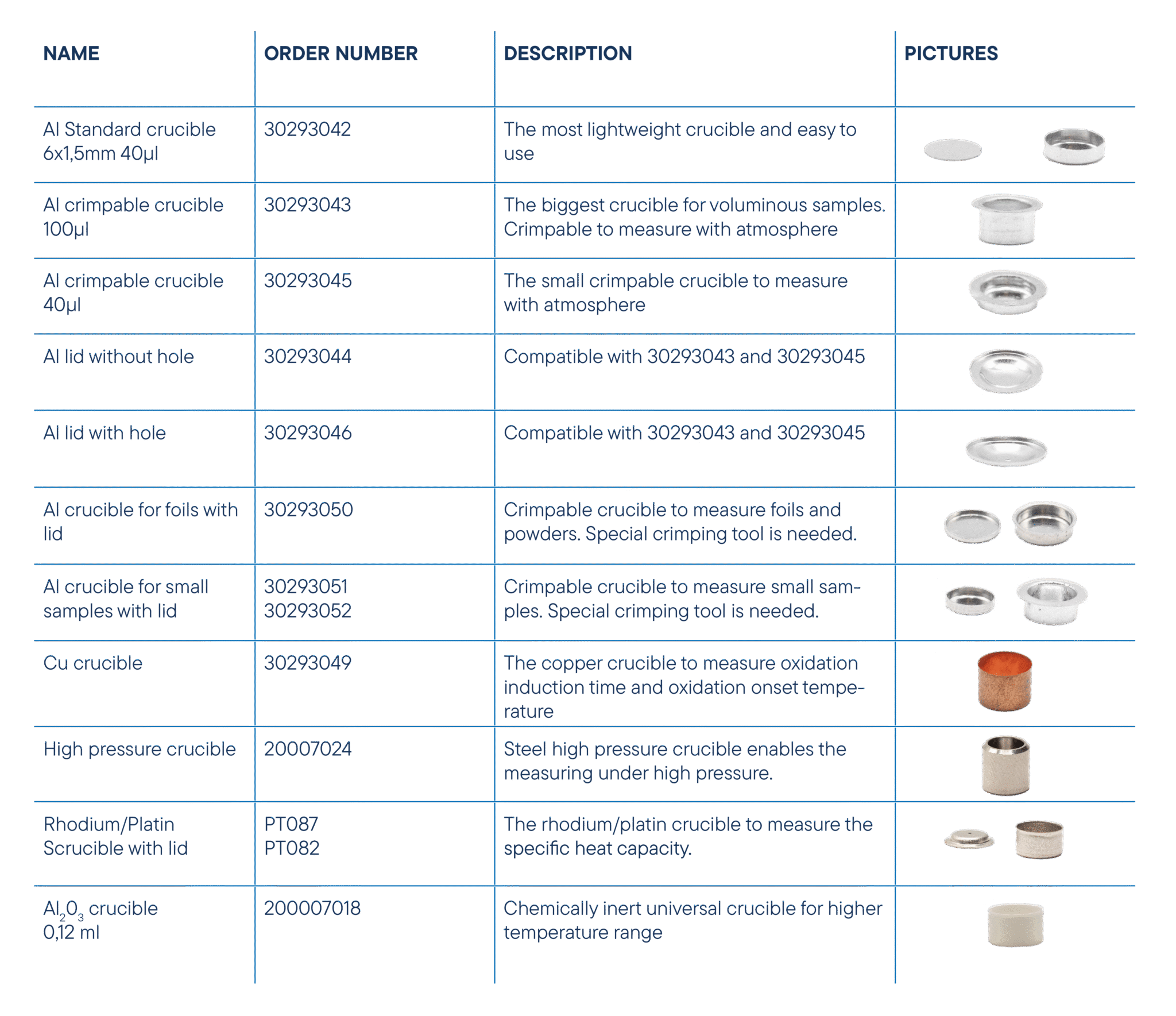
Which sample mass and which crucibles are ideal for DSC measurements?
The choice of sample mass and crucible is decisive for the measurement quality:
Sample mass:
For classic DSC: 2-20 mg, depending on material and question.
For chip DSC: often < 1 mg to approx. 5 mg, as the sensors are highly sensitive and react extremely quickly.
For high-temperature DSC: rather larger masses to avoid noise and surface effects.
Crucible selection:
Aluminum (up to approx. 600 °C): Standard for polymers and organic samples.
Gold / platinum: resistant for highly reactive or corrosive samples.
High-pressure crucible: for measurements up to 150 bar.
Ceramic (Al₂O₃): ideal for inorganic or high-temperature samples.
The crucibles influence heat transfer, tightness, chemical stability and signal purity – and thus directly affect the measurement result.
How does the heating rate affect the measurement results?
The heating rate determines how quickly the temperature rises during the measurement and has a major influence on the signal quality:
High heating rates (up to 1000 K/min in chip DSC)
– ideal for screening, sensitive materials, process simulation
– peaks become sharper, but can shiftAverage heating rates (5-20 K/min)
– standard for routine measurements
– good balance between resolution and measuring timeLow heating rates (< 2 K/min)
– highest resolution
– suitable for Cp determinations or superimposed transitions
This makes the heating rate a strategic tool for optimally adapting measurements to the respective problem.
Why is baseline stability so important - and what does it depend on?
A stable baseline is a prerequisite for accurate enthalpy determination, good reproducibility and clear peaks. It depends on:
Temperature control and oven stability
Sensor sensitivity and signal quality
Crucible contact and sample preparation
Gas flow rate and atmosphere control
Conditioning of the measuring system
Linseis DSC systems – especially chip DSC and HDSC/UDSC – are known for their high baseline stability, which enables precise quantification of even small transitions.
Which atmospheres can be used in the DSC?
Depending on the device and option, measurements can be taken under:
Air
Nitrogen, helium, argon
Oxygen
CO₂
Forming gas / reducing atmospheres
Water vapor
High vacuum up to 10-⁵ mbar
Pressure up to 150 bar (depending on model)
The choice of atmosphere influences thermal stability, oxidation, decomposition, curing behavior and reaction character – therefore it is an important parameter for the methodology.
Quicklinks
Reach your goal quickly
Well informed
Downloads
Everything at a glance
Contact form
How new materials have been steadily improving our quality of life
for centuries.
Use the quotation form to send us a specific request for a quotation.

